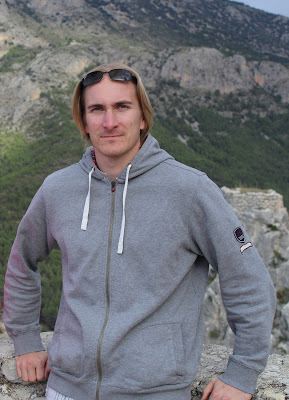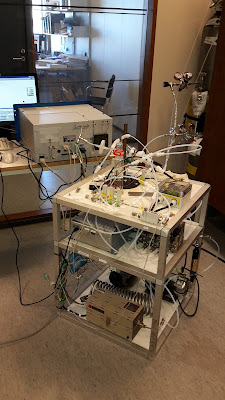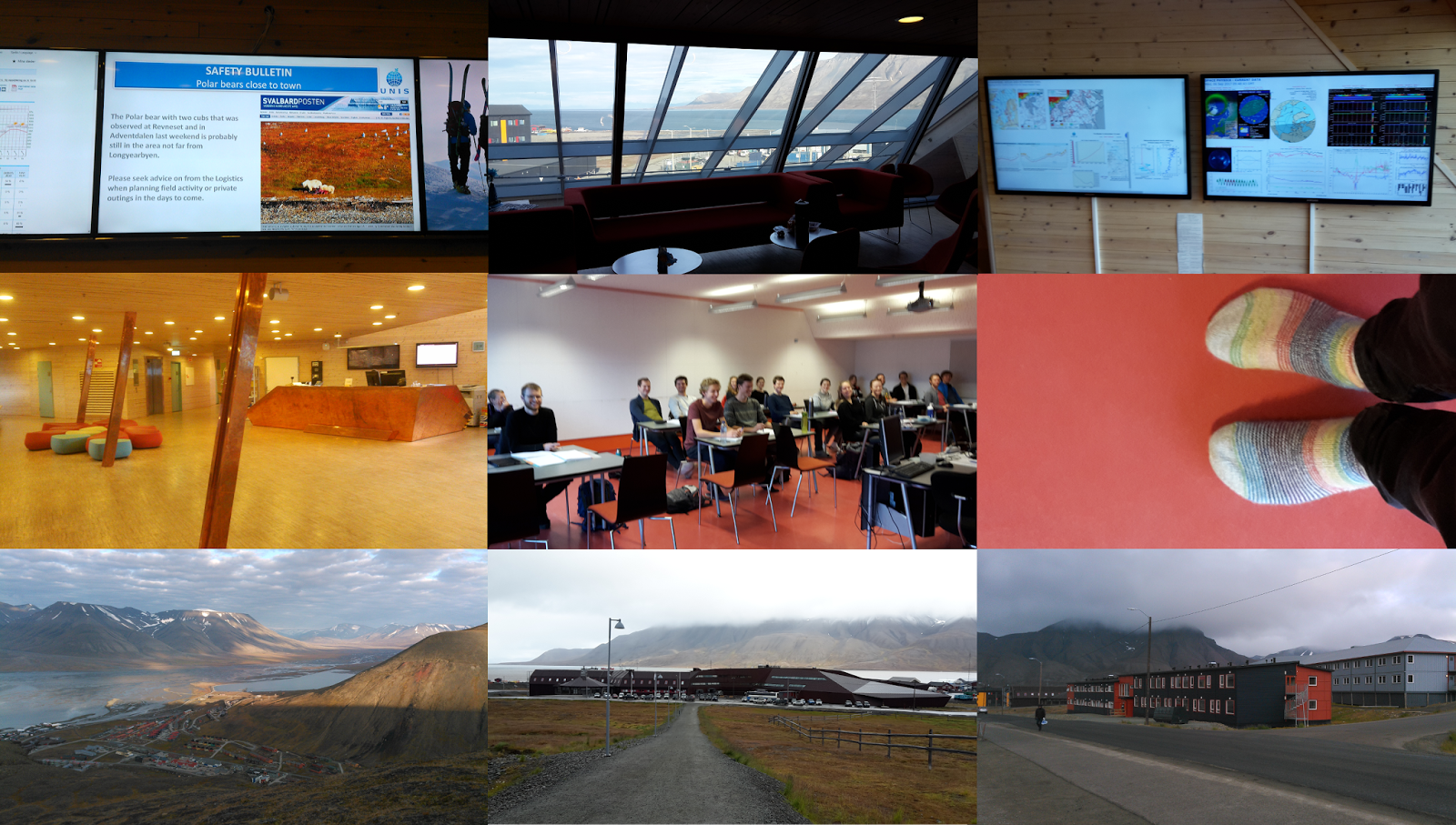Centre of Excellence annual seminar: 2017 edition
The annual seminar of the Centre of Excellence (CoE) in Atmospheric Science – From Molecular and Biological Processes to the Global Climate led by Academician Markku Kulmala took place in Helsinki last week from 4 to 6 October 2017. The seminar offers a unique opportunity for participants to share their work and discover the work of collaborators beyond their immediate field of research to foster innovative future research. What is a Centre of Excellence? Funding provided by the Academy of Finland to CoEs aims at creating research and training networks to achieve long-term (and even risky!) objectives. The Academy of Finland's Centres of Excellence (CoE) are the flagships of Finnish research. They are close to or at the very cutting edge of science in their fields, carving out new avenues for research, developing creative research environments and training new talented researchers for the Finnish research system and Finnish business and industry. (Source: A...



